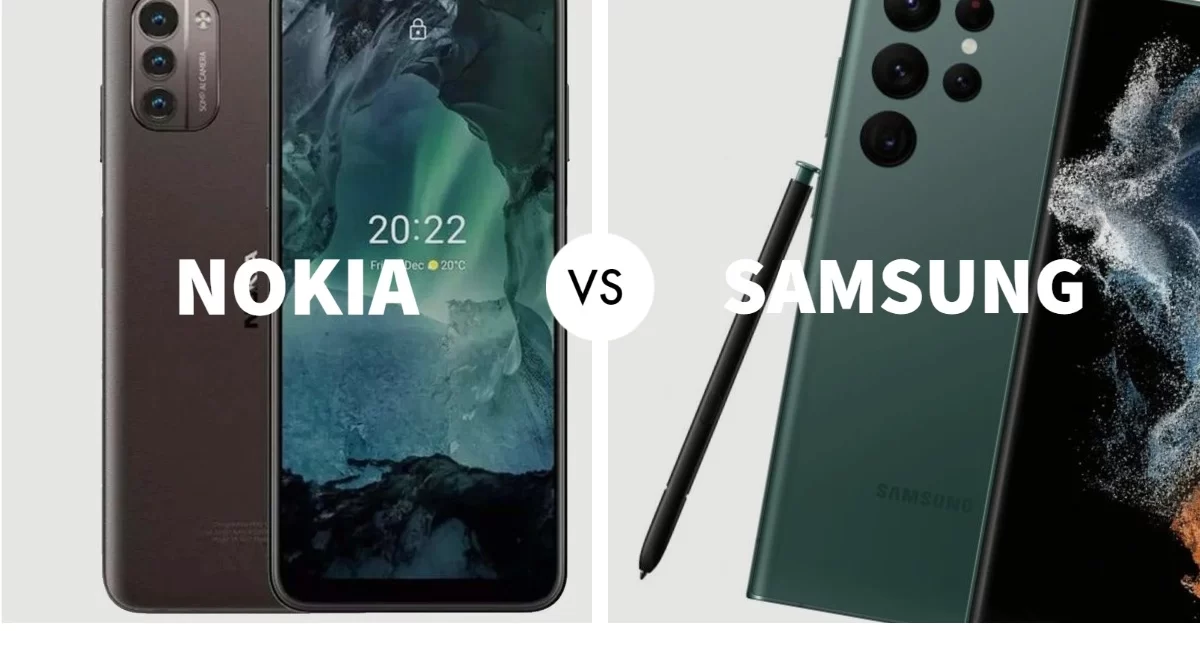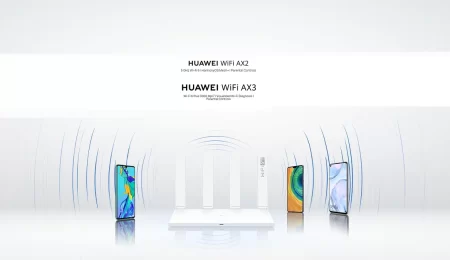Why Samsung Surpassed Nokia in the Mobile Phone Race
As a telecommunications analyst with years of experience tracking industry trends, I’m often asked about the dramatic shift in the mobile phone landscape. While Nokia was once a dominant force, Samsung has emerged as the clear leader. Let’s delve into the reasons behind this transformation:
The Symbian Era: A Shared Zenith
Both Nokia and Samsung experienced significant success in the early 2000s:
- Symbian’s Reign: The Symbian operating system dominated the market, powering popular Nokia devices like the iconic Nokia 3310 and Nseries.
- Samsung’s Early Innovations: While primarily known for its hardware, Samsung began showcasing its innovation chops with early touchscreen phones like the SCH-i700.
The Turning Point: The Rise of Smartphones
The arrival of the iPhone in 2007 marked a significant turning point. This new breed of phone, with its intuitive touchscreen interface and app ecosystem, revolutionized user expectations.
- Nokia’s Stance: Nokia, heavily invested in Symbian, remained hesitant to embrace the new paradigm shift towards smartphones. While they offered some Symbian-based touchscreen phones, they lacked the user experience and app ecosystem of competitors.
- Samsung’s Embrace of Android: Samsung, on the other hand, recognized the potential of the open-source Android platform. They began aggressively developing innovative Android-powered smartphones, offering a wider range of features and functionalities at competitive prices.
Innovation and Marketing Prowess:
Samsung’s rise can be attributed to several key factors:
- Focus on Innovation: Samsung consistently pushed the boundaries of mobile technology, with features like larger displays, better cameras, and powerful processors becoming hallmarks of their Galaxy smartphone line.
- Strategic Marketing: Samsung employed aggressive marketing campaigns, emphasizing cutting-edge features and user experience, effectively positioning themselves as the leader in the Android smartphone market.
- Diversity and Price Points: Samsung catered to a broader audience by offering a wider range of devices at various price points, from budget-friendly options to high-end flagship models.
The Fall of a Giant: Nokia’s Missed Opportunities
While Nokia enjoyed a loyal customer base, their slow response to the changing market dynamics proved costly:
- Symbian’s Limitations: Symbian’s closed ecosystem couldn’t compete with the open app development opportunities offered by Android and iOS.
- Internal Resistance to Change: Some argue that Nokia’s corporate culture lacked the agility to adapt to the rapidly evolving mobile landscape.
- Shifting Brand Image: As Samsung cultivated a reputation for cutting-edge technology, Nokia’s brand image became somewhat stagnant.
The Road Ahead: A Competitive Landscape
Today, Samsung remains the global leader in smartphone market share. However, they face new challenges:
- Rising Competition: Chinese manufacturers like Huawei and Xiaomi are offering feature-rich smartphones at competitive prices.
- Shifting Consumer Preferences: Consumer preferences are evolving, with a growing focus on camera quality, battery life, and foldable phone technology.
Final Words
Samsung’s rise to dominance in the mobile phone market is a story of strategic innovation, marketing prowess, and capitalizing on market shifts. Nokia’s decline, on the other hand, highlights the dangers of complacency and failing to adapt to changing consumer needs. As a telecom analyst, I believe the future of the mobile phone market will continue to be shaped by innovation, brand perception, and the ability to cater to evolving consumer preferences.




Leave a Comment